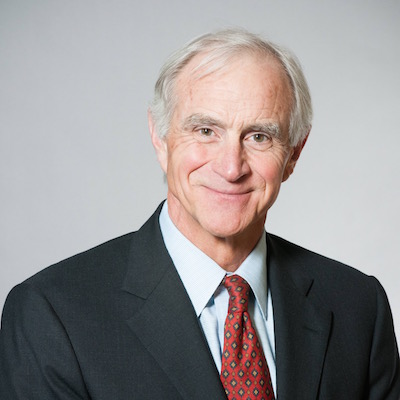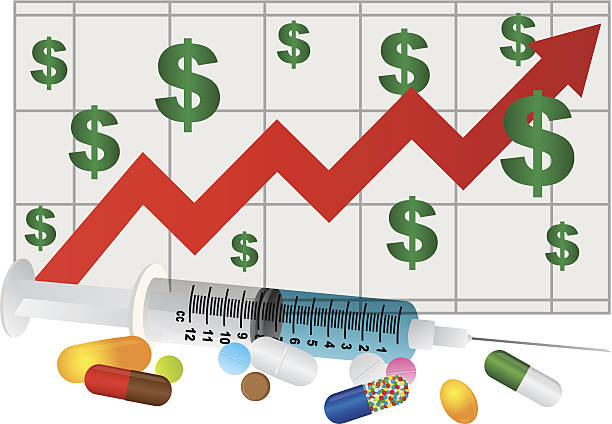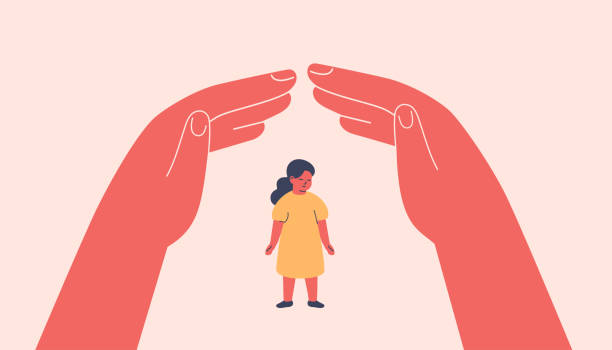Related Articles
The National Center for Health Statistics (NCHS) recently released the data on the number of Americans without health insurance for the first six months of 2016. (here) NCHS conducted a survey of over 48,000 civilian, non-institutionalized people and extrapolated its finding to the overall population. The researchers separated the data by age, race, income level and public versus private insurance.
The uninsured rate for all ages in the first six months of 2016 was 8.9 percent, which is not significantly different than the 9.1 percent in 2015. Unless millions more people sign up for insurance on the Obamacare exchanges or more states choose to expand Medicaid, the NCHS data suggests that nine percent is a fairly stable uninsured rate.
The report also does a retrospective review back to 1997. Isolating the 18 to 64 year old age group, the overall insured rate rose from 84 percent in 1997 to 89 percent in 2016 while the uninsured rate dropped from 17 to 12 percent over the same time period. The numbers also show that people with private health insurance dropped from 74 percent to 69 percent, while those people with public insurance increased from 10 percent to 20 percent.
In other words, in the non-senior, adult population, the uninsured rate dropped 10 percent. The data suggests that half of those people lost their private insurance and were put in public insurance, most likely the Medicaid entitlement. The other half were evidently uninsured and wound up in Medicaid.
We can assume people over 64 years old are in the Medicare entitlement and at least one in three children are in either Medicaid or the Children’s Health Insurance Program (CHIP) entitlements. (here)
The data is pretty clear that the country is headed toward some form of government-controlled health insurance program. Experience shows that it is virtually impossible to compete with the government once it enters an economic area.
Although half of Americans receive their health insurance through their employer or their spouse’s employer, this employer-paid model seems to be eroding. The NCHS report reveals some interesting data on the increase in use of high deductible insurance plans (HDHPs). For people under the age of 65 years old, HDHPs accounted for 25 percent of plans in 2010 and increased to 39 percent in the first six months of 2016. Since at least half of these people have employer-paid health insurance, the data suggests that employers are transferring more of the insurance costs to employees.
Unfortunately, this financial shift could make government, taxpayer-funded health care look more attractive. Yet, only through comprehensive health care reform can patients become true consumers of health care and manage their health care needs without government intrusion. (here)






